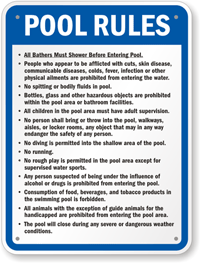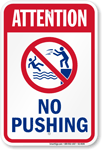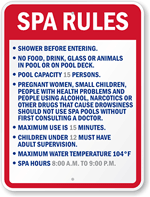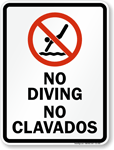Top 4 myths about drowning
Blame it on Baywatch. For years, we’ve been led to believe that drowning people scream, splash, thrash and all but sound a panic alarm before they go under. As with most things produced in Hollywood, this version of drowning is not based in reality.
Believe it or not, it took Frank Pia and some pioneering research in the 1970s to discover this fact and make it known to lifeguards and aquatic professionals. Even today, the message is still being disseminated. It’s good to see it’s finally filtering out to the mainstream media. But it’s time to accelerate the process.
Take just a moment to share these four myths about drowning, the truth behind them and the lesson they contain with someone you love. Doing so could save a life — maybe even yours.

Drowning isn’t a slow process – it can happen in seconds. By Aimaness Photography.
Myth 1: “It takes a long time for someone to drown.”
Truth: A person can drown much faster than most people realize, according to the latest research. In fact, it can happen in as little as 30 seconds. That’s the time it takes to check a message on your smart phone and look back up.
Lesson: Never take your eyes off children in the water.
Myth 2: “It’s obvious when someone is drowning.”
Truth: Drowning is often silent and unnoticed even by people within arm’s reach of the drowning victim.
Lesson: The only way to ensure safety is through constant vigilance.
Myth 3: “I don’t have to watch my kids if lifeguards are on duty.”
Truth: Nearly 20 percent of drownings happen in guarded pools, according to the Drowning Prevention Foundation. Lifeguards are too busy and too easily distracted to keep every child safe. Many public pools with guards on duty post signs warning parents to supervise their children.
Lesson: The best way to guarantee water safety is through your own vigilant supervision — not someone else’s.
Myth 4: “I don’t have to worry about adults who know how to swim.”
Truth: Adult swimmers drown every year. People of any age and fitness level can succumb to shallow water blackout or heart arrhythmia, both leading to drowning.
Lesson: Supervision is vital whenever anyone is in the water.
Related articles across the web
Category: Safety













